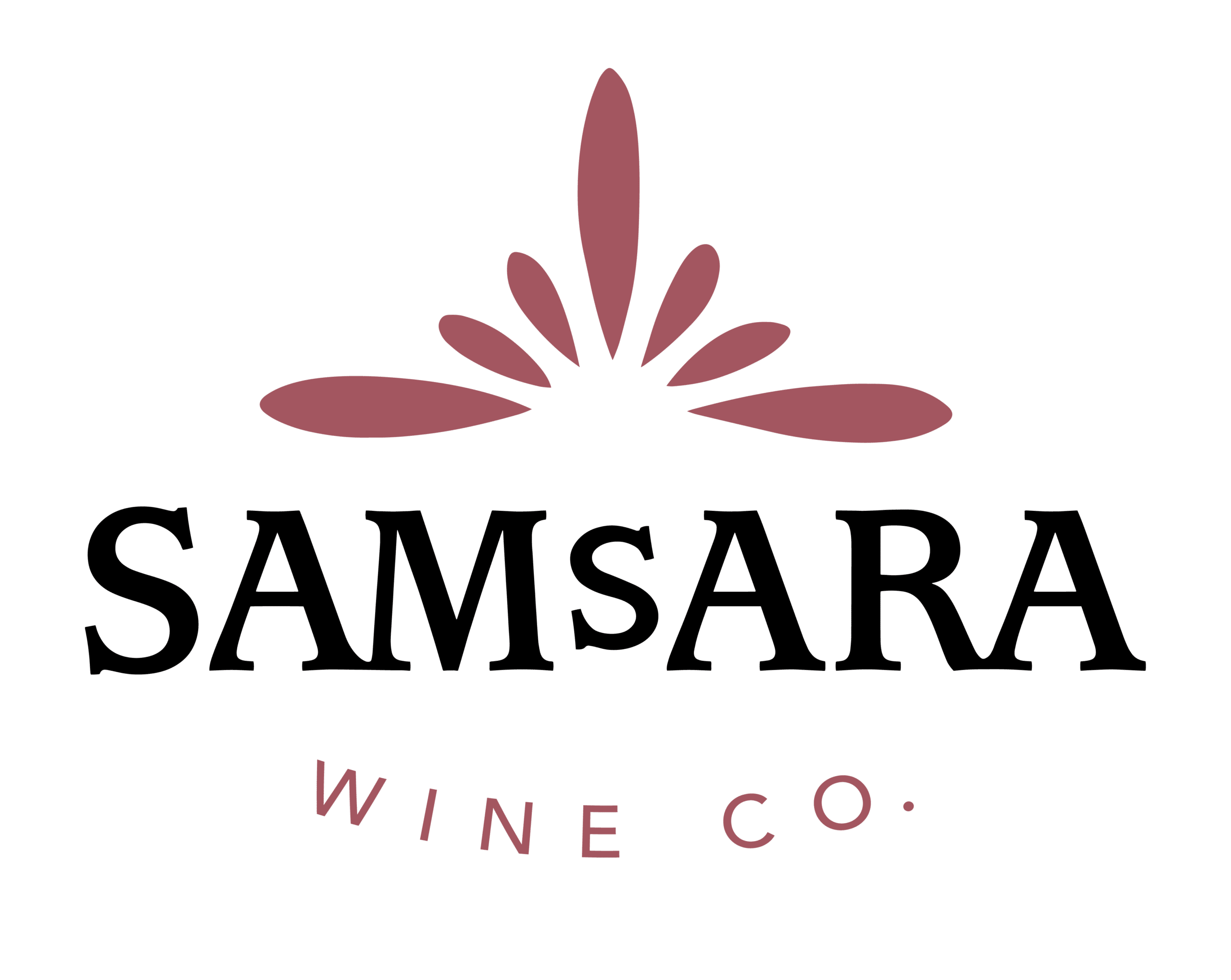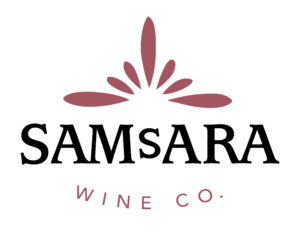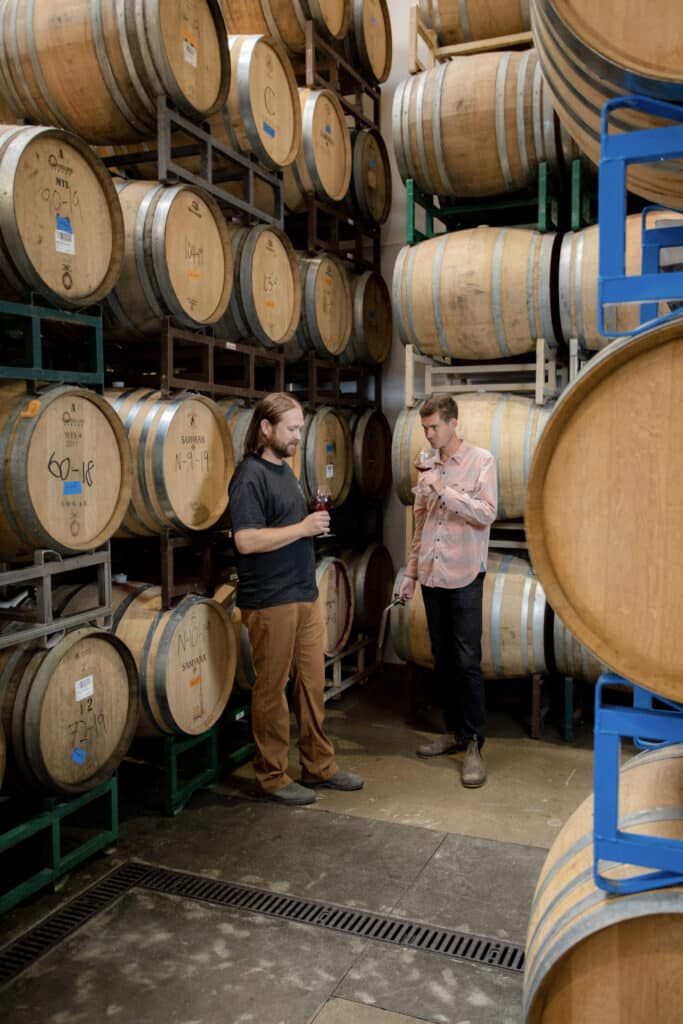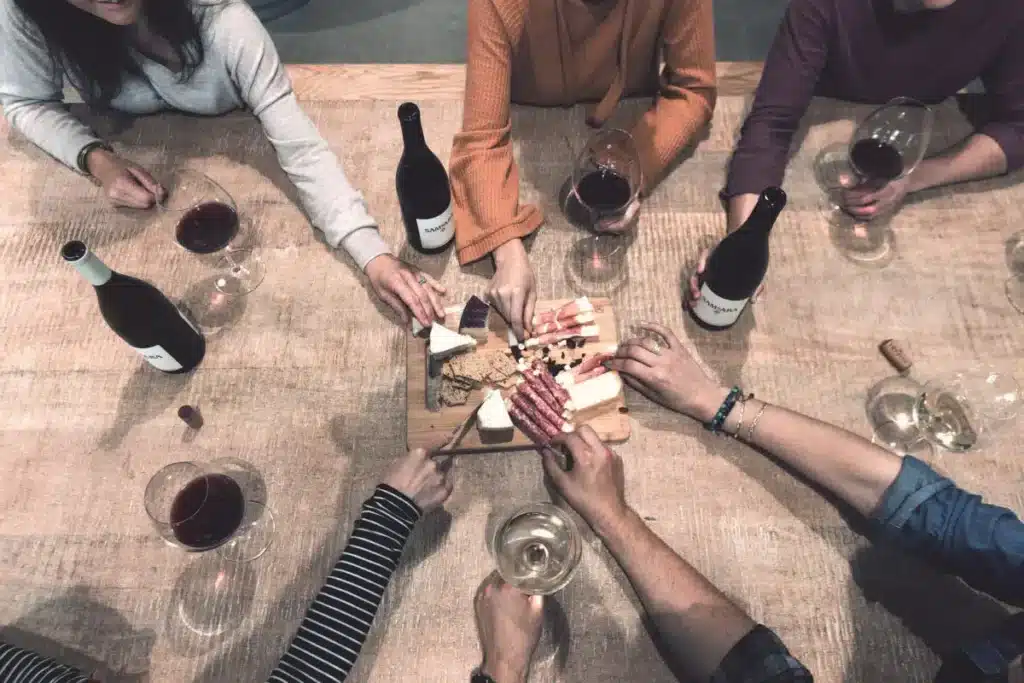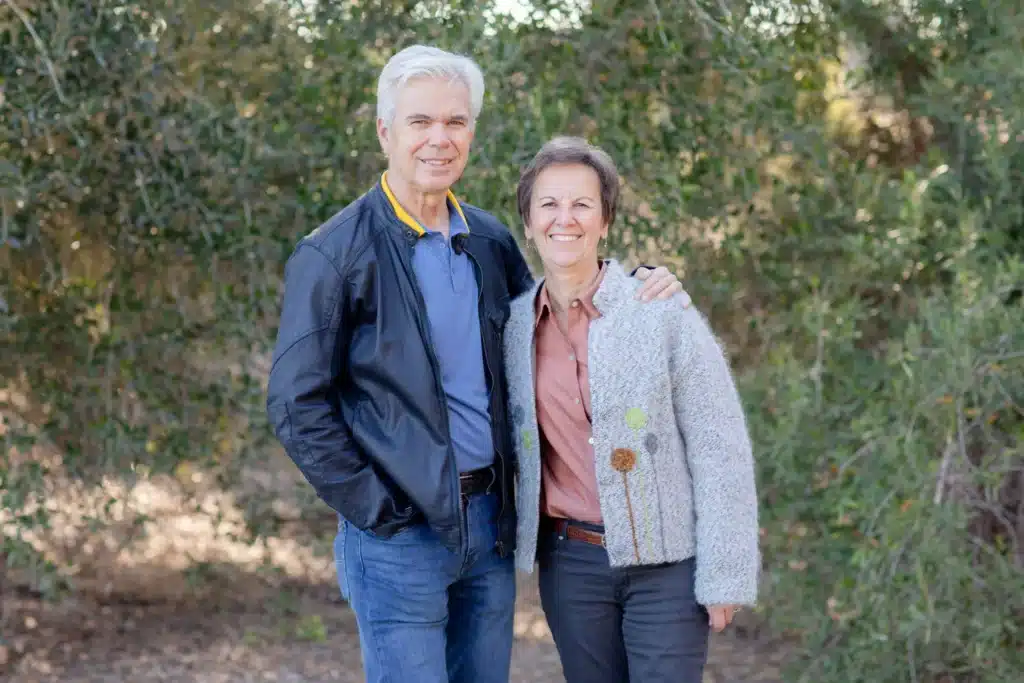HISTORY OF SANTA BARBARA WINE COUNTRY
The rich history of Santa Barbara wine country dates back to the late 1700’s. Explore the path Santa Barbara viticulture took from mission wine to award winners.
The Early Days of Santa Barbara Winemaking
In 1782, Father Junipero Serra brought grape vine cuttings from Mexico to California. The grape’s association with the church caused it to become known as the Mission grape, which became the dominant grape variety in California up until the turn of the 20th century.
A 25-acre mission controlled vineyard (San Jose) in Goleta was the largest one in Santa Barbara at the time, second only to the slightly larger San Gabriel mission vineyard in Los Angeles County.
By the late 1800s, there were over 45 vineyards totaling a combined 260 acres of vines. French winemakers brought Zinfandel, Cabernet Sauvignon, and Cabernet Franc grape cuttings from France in 1884. They planted them on a 150-acre vineyard on Santa Cruz Island- just off the coast of Santa Barbara. But due to prohibition, wine making operations were all but shut down by 1918.
Prohibition was seen as the death knell for the burgeoning wine industry in the Santa Barbara area. It wouldn’t be until the 1970s that the first commercial winery would open its doors again in Santa Barbara County.
The east to west orientation of the Santa Maria Valley allows cool winds and fog to flow freely from the Pacific Ocean, with much of the coolness settling into the lower-lying basins. This cooling effect is significant enough to influence the growing season in this area, lengthening it and contributing to the sugar/acid balance of the grapes. Santa Maria’s grape growing season is among the longest in the world.
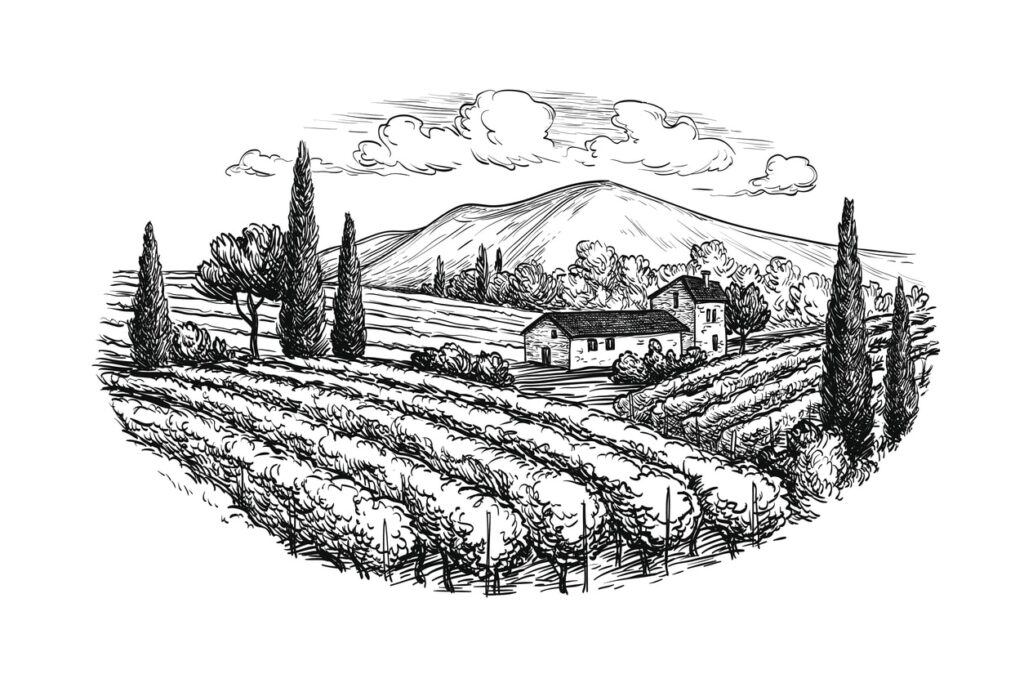
Modern Times in SB Wine Country
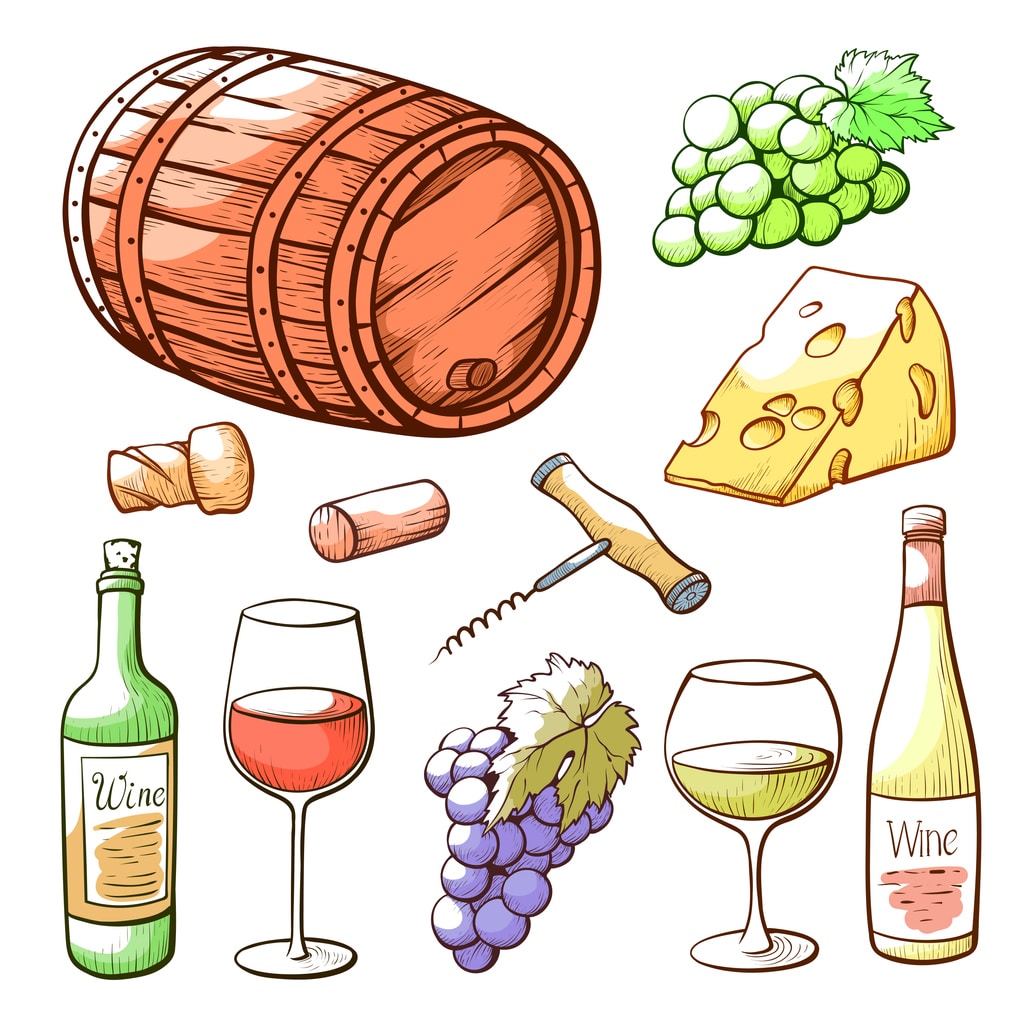
By the 1980s, 13 wineries would stake their roots in Santa Barbara with that number growing as the decade went on. By the end of the decade there were 29 vineyards with over 9,600 acres of wine grapes grown in the county. The Santa Maria Valley and Santa Ynez Valley AVAs were established in the area, in 1981 and 1983 respectively.
From these 2 large AVAs, smaller AVAs would sprout just like the original vine clippings brought to Santa Barbara by Father Junipero Serra nearly 250 years ago. Today there are 7 established and officially recognized AVAs, well over 100 wineries and over 20,000 acres of grapes planted to a very diverse 65+ varieties – most acres are dedicated to growing Chardonnay and Pinot Noir, with Syrah a distant third place. Cabernet Sauvignon, Merlot, Sauvignon Blanc, and Grenache also have a foothold, with Rhône varietals making headway.
The Santa Barbara County wine industry has grown from virtually nothing in 1970 to almost a billion dollar business in less than 35 years.
